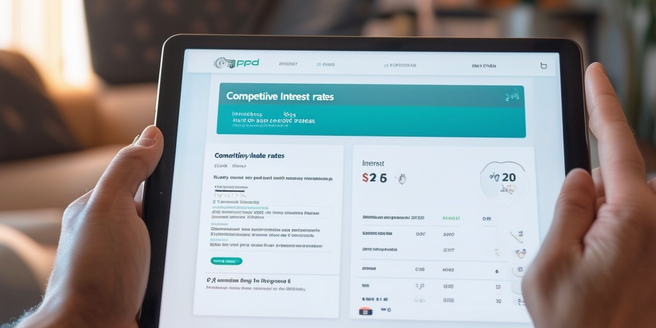Understanding Peer-to-peer Lending
Peer-to-peer (P2P) lending is a method of debt financing that enables individuals to borrow and lend money without the use of an official financial institution as an intermediary. By directly connecting borrowers and lenders, P2P lending platforms aim to provide competitive interest rates for both parties. Borrowers typically seek funds for various personal reasons, while lenders are attracted by the potential for higher returns compared to traditional investment avenues. P2P lending has grown in popularity as technology has made these platforms more accessible and user-friendly. Understanding the basics of how these platforms operate, including the risks and rewards, can help you make informed decisions.
Benefits of Peer-to-peer Lending
P2P lending offers several benefits for both borrowers and lenders. Borrowers can often secure loans faster and with less stringent credit requirements compared to traditional banks, making it an attractive option for those with less-than-perfect credit. For lenders, P2P platforms provide opportunities to earn higher returns on their investments due to the competitive interest rates offered. Additionally, these platforms often come with user-friendly interfaces and tools for managing investments. Moreover, the diversification of investment across multiple loans can potentially mitigate risks. Understanding these benefits can help you decide if P2P lending is suitable for your financial goals.
Risks Involved in Peer-to-peer Lending
While P2P lending offers promising returns, it is not without risks. One of the primary risks is the possibility of default by borrowers. Unlike traditional financial institutions, P2P platforms do not offer the same level of security, which means lenders could potentially lose their invested capital. Additionally, the lack of regulatory oversight in some regions can contribute to higher risks. Investors should also be cautious of the platform’s credibility and financial health. It is important for investors to conduct thorough due diligence, diversify their investments, and be aware of the risks involved in P2P lending.
How to Get Started with P2P Lending
Getting started with P2P lending involves several key steps. First, research and select a reputable P2P lending platform that aligns with your investment goals. Next, create an account and complete the verification process. Once your account is set up, you can browse available loan listings, review borrower profiles, and select the loans to invest in. It might be helpful to diversify your investments across several loans to mitigate potential risks. It’s advisable to start small and gradually increase your investments as you become more comfortable with the platform and the overall process. Understanding the platform’s terms and conditions is essential.
Choosing the Right P2P Lending Platform
Selecting the right P2P lending platform is crucial for a successful experience. Factors to consider include the platform’s reputation, user interface, fees, customer support, and the range of investment options available. Additionally, look for platforms that have a strong track record and positive feedback from users. It is also important to assess the platform’s borrower vetting process and default management strategies. Security measures and data protection policies should also be a priority when making your choice. Reading reviews and seeking recommendations from other investors can provide valuable insights. Make sure the platform is transparent about their operations and offers detailed information to help you make informed decisions.
Success Stories in Peer-to-peer Lending
Several success stories illustrate the potential of P2P lending. For instance, many investors have achieved significant returns by carefully selecting high-quality loans and diversifying their portfolios. Additionally, the technology behind P2P platforms has made the process more efficient and user-friendly. Some borrowers have been able to finance their businesses or consolidate debt at favorable interest rates, improving their financial standing. These success stories highlight the impactful role of P2P lending in providing access to credit and investment opportunities. While not every story is a guaranteed success, these examples underscore the importance of strategic decision-making in P2P lending.


